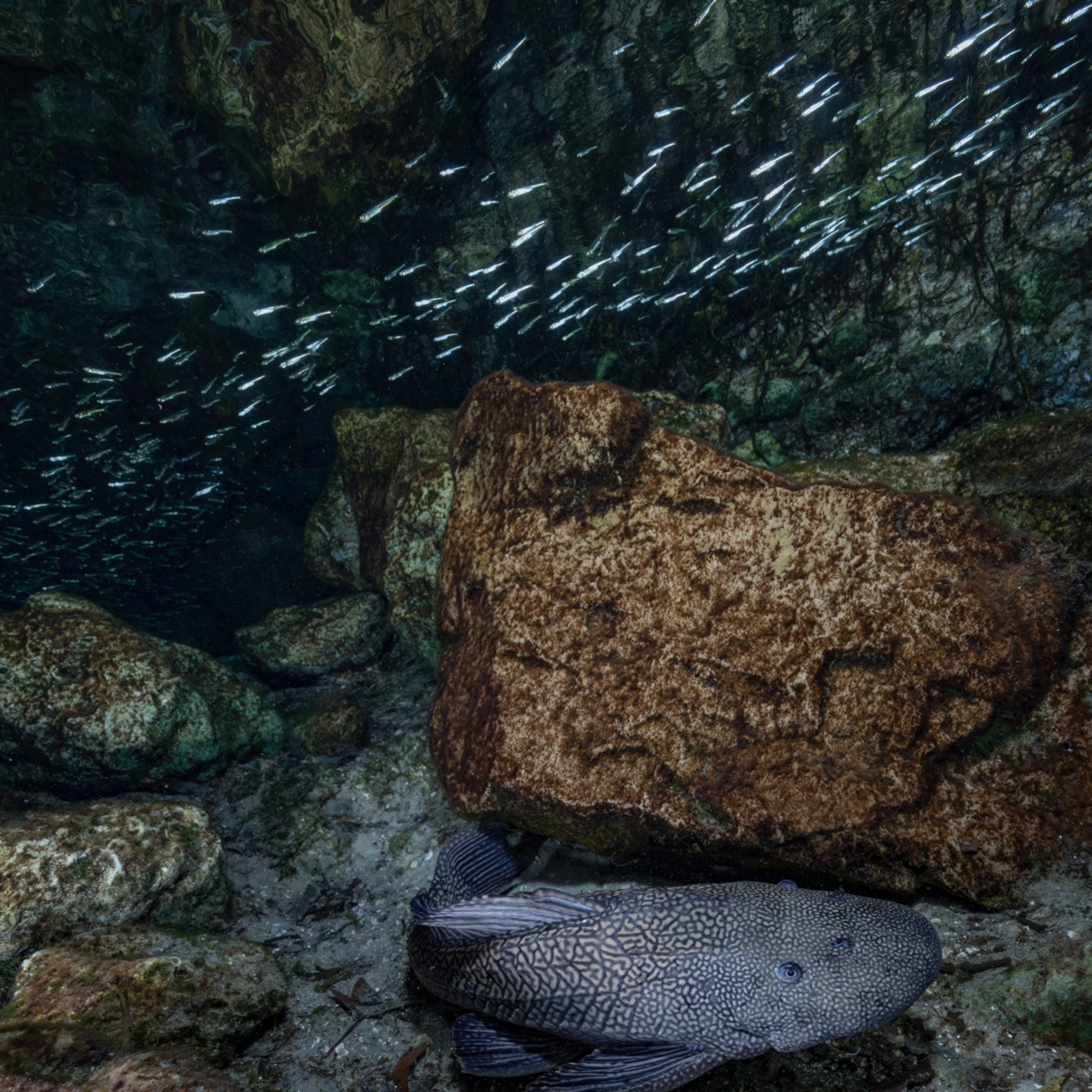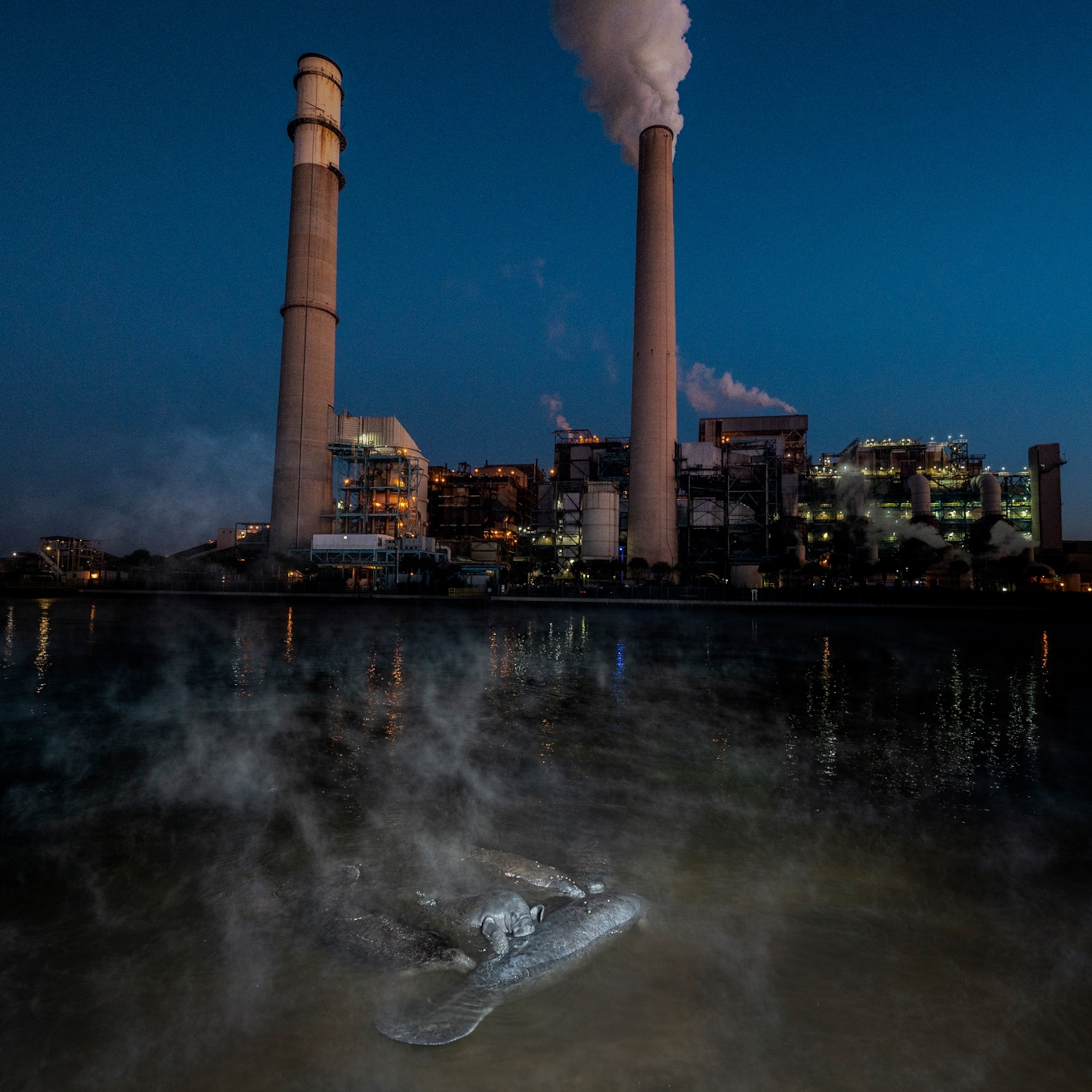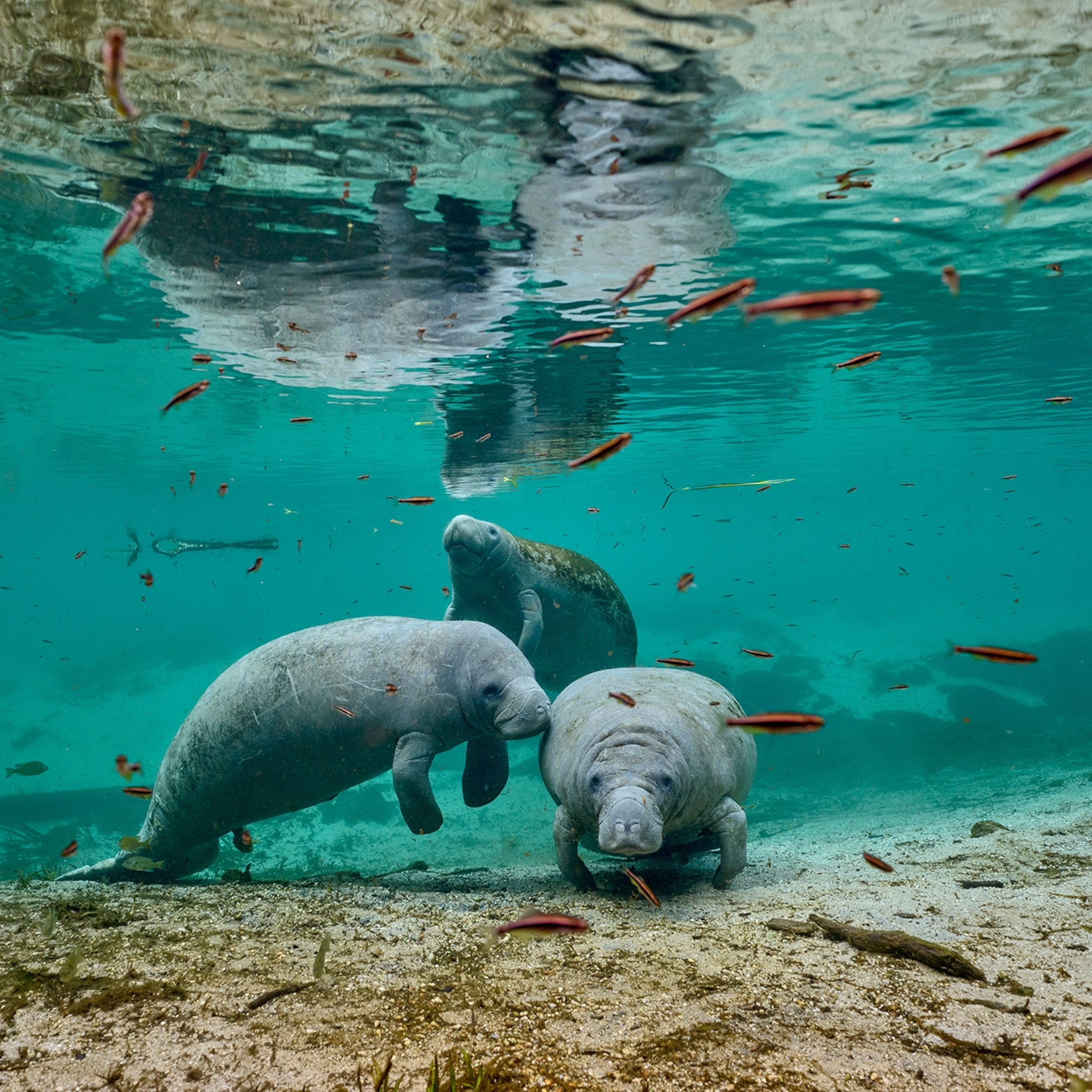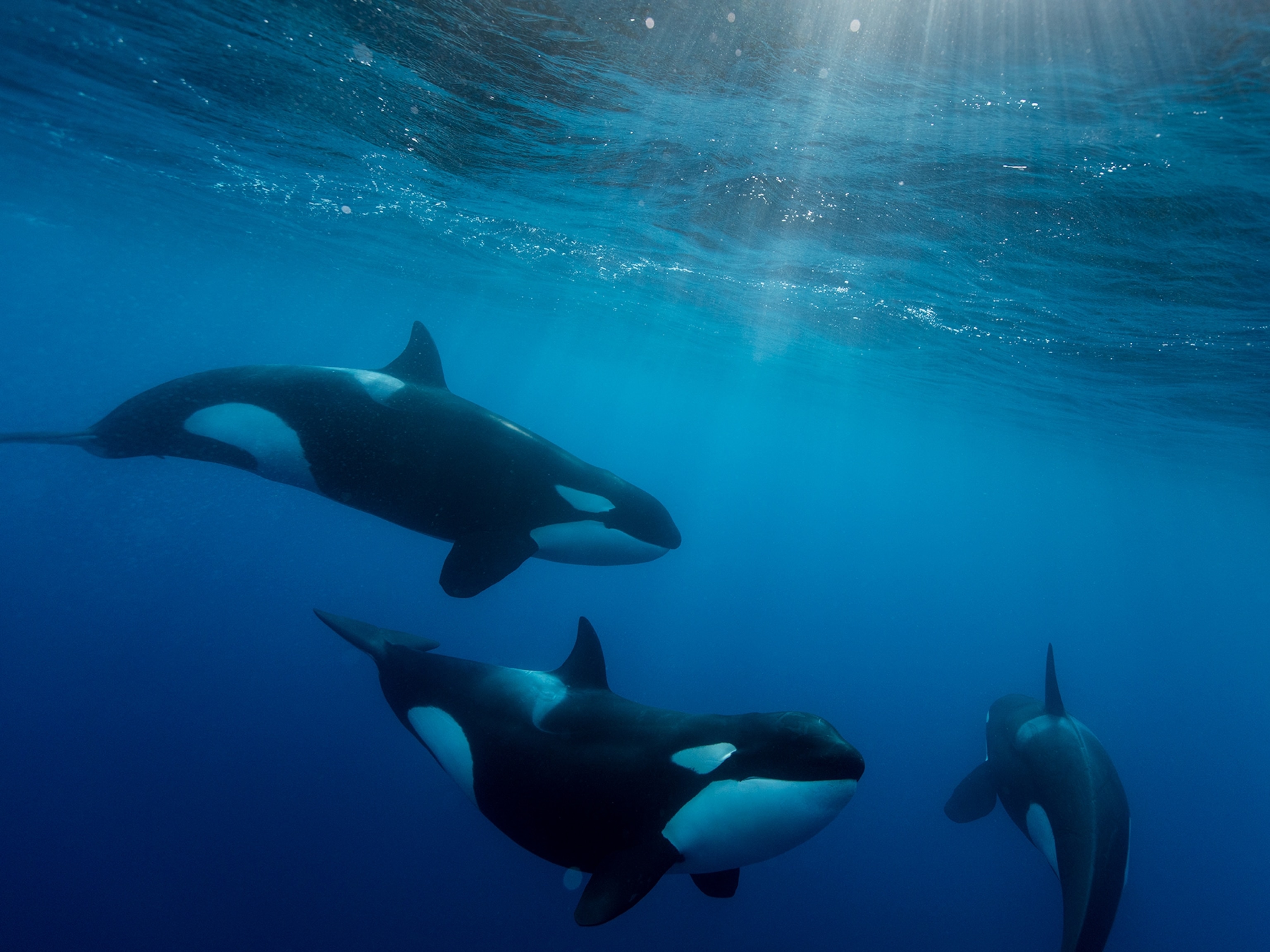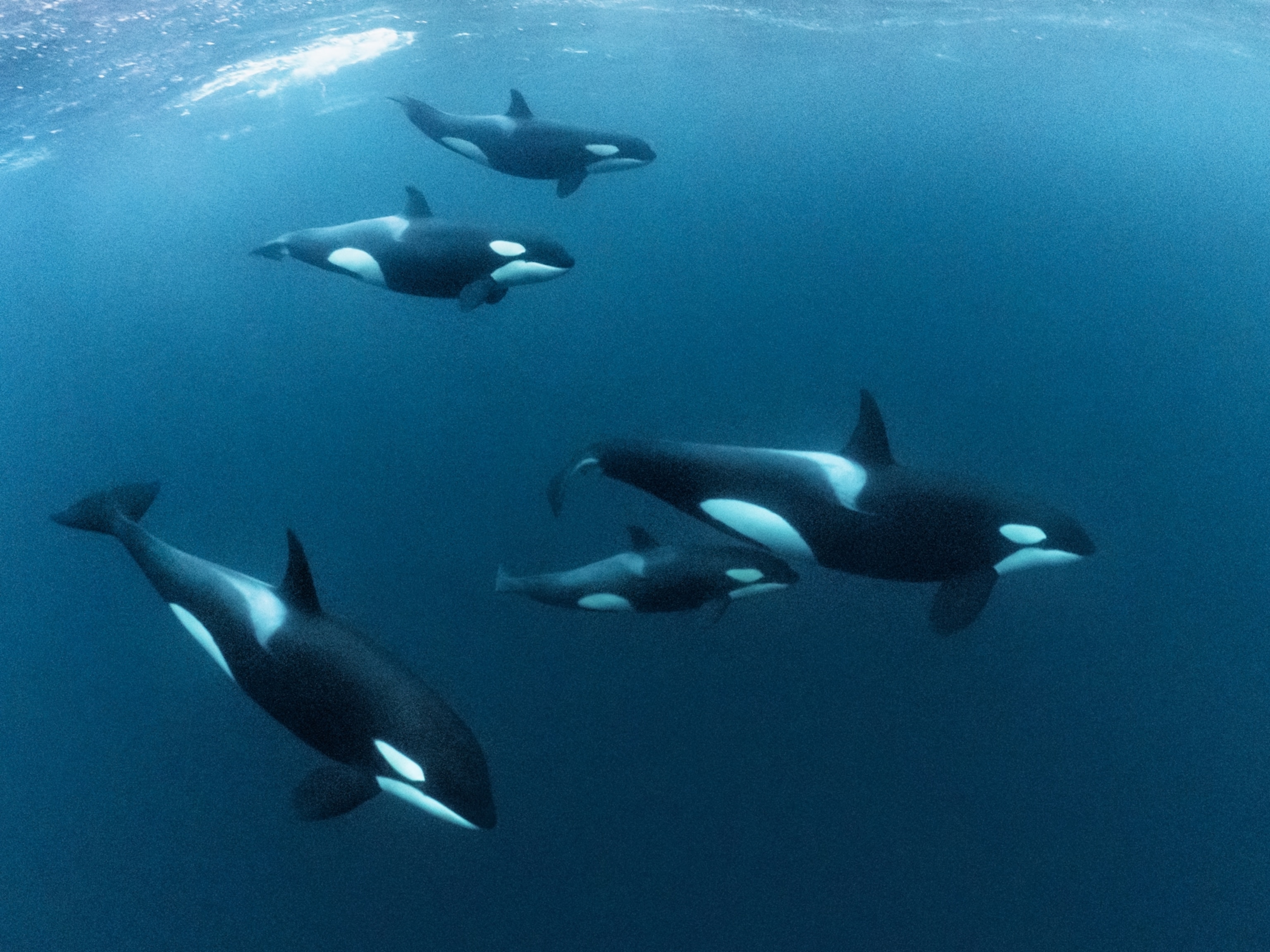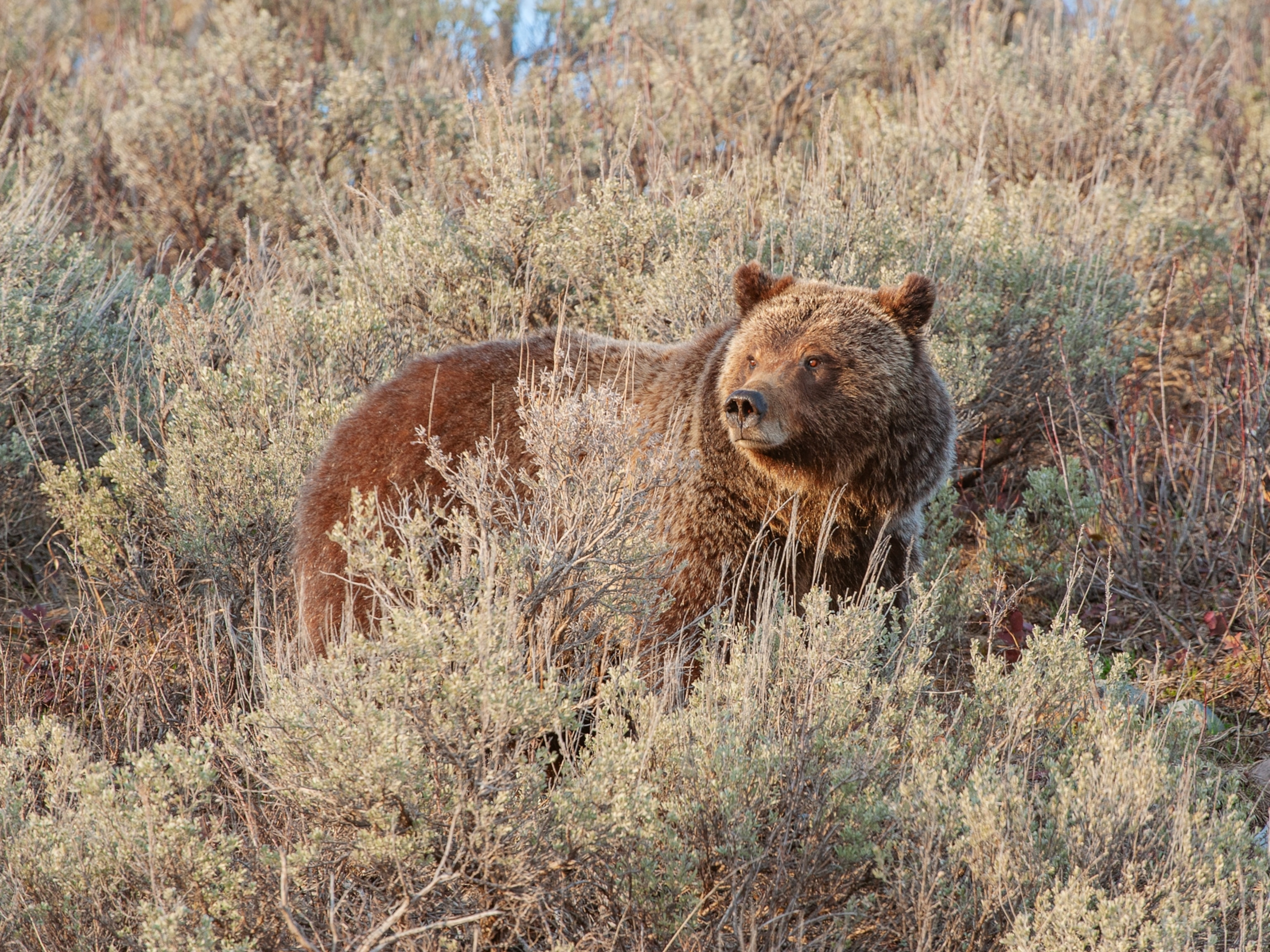COCOA, FLORIDA — The same pressures that killed more than 1,100 Florida manatees last year are at play again this winter, with Florida wildlife officials reporting 97 dead manatees in January alone. Starvation and cold weather are the culprits. Estimates of the total number of manatees in the state range from 5,700 to 7,500.
Most deaths have occurred in Indian River Lagoon, an estuary stretching more than 150 miles down the middle of Florida’s east coast. Here, decades of pollution from farm fertilizers and residential developments have killed off vast swaths of seagrass that are manatees’ main food source.
Between mid-January when cold weather hit Florida and the end of the month, the number of manatee carcasses that were found tripled, says state veterinarian Martine de Wit, of the Florida Fish and Wildlife Conservation Commission (FWC).
Biologists monitoring manatees in warm water refuges “are seeing thin animals, emaciated animals,” says Andy Garrett, the commission’s manatee rescue coordinator.
Last November, Patrick Rose, executive director of Save the Manatee Club, warned that this winter could be catastrophic: “Manatees are going to have to make a horrible life or death choice—between dying sooner by having to go out in the cold or staying warm and starving.”
In the past, de Wit says, manatees would easily have survived the winter cold snaps. But now, many sea cows, as these gentle herbivorous mammals are also called, have been weakened by successive years of food shortages and are reaching the breaking point.
“These animals are compromised,” she says.
Manatees need warmth to survive
As a subtropical species, Florida manatees are vulnerable when the water temperature drops below 68 degrees. Unlike other marine mammals such as whales and seals, manatees lack abundant insulating blubber—they’re round and chubby not because they’re fat but because they have such large digestive tracts to process all the vegetation they eat.
To survive cold periods, manatees seek shelter in warm water refuges such as natural springs and the outfalls from power plant cooling systems. At the end of January, nearly 800 manatees were huddled together in outfall from Florida Power & Light’s Cape Canaveral Clean Energy Center, in Brevard County. Such havens used to offer abundant food, but now, with so much of the seagrass gone, there’s almost nothing for the manatees to eat.
At the Cape Canaveral facility, an unprecedented emergency feeding effort is under way. Normally, feeding wild manatees is prohibited by state and federal laws, but with so many animals at risk of starvation this winter, wildlife officials have chosen to intervene. Since December 7, FWC staff have been throwing heads of romaine lettuce and cabbage into the water for the ravenous sea cows. To prevent the animals from learning to associate humans with free meals, they do this hidden behind tarps.
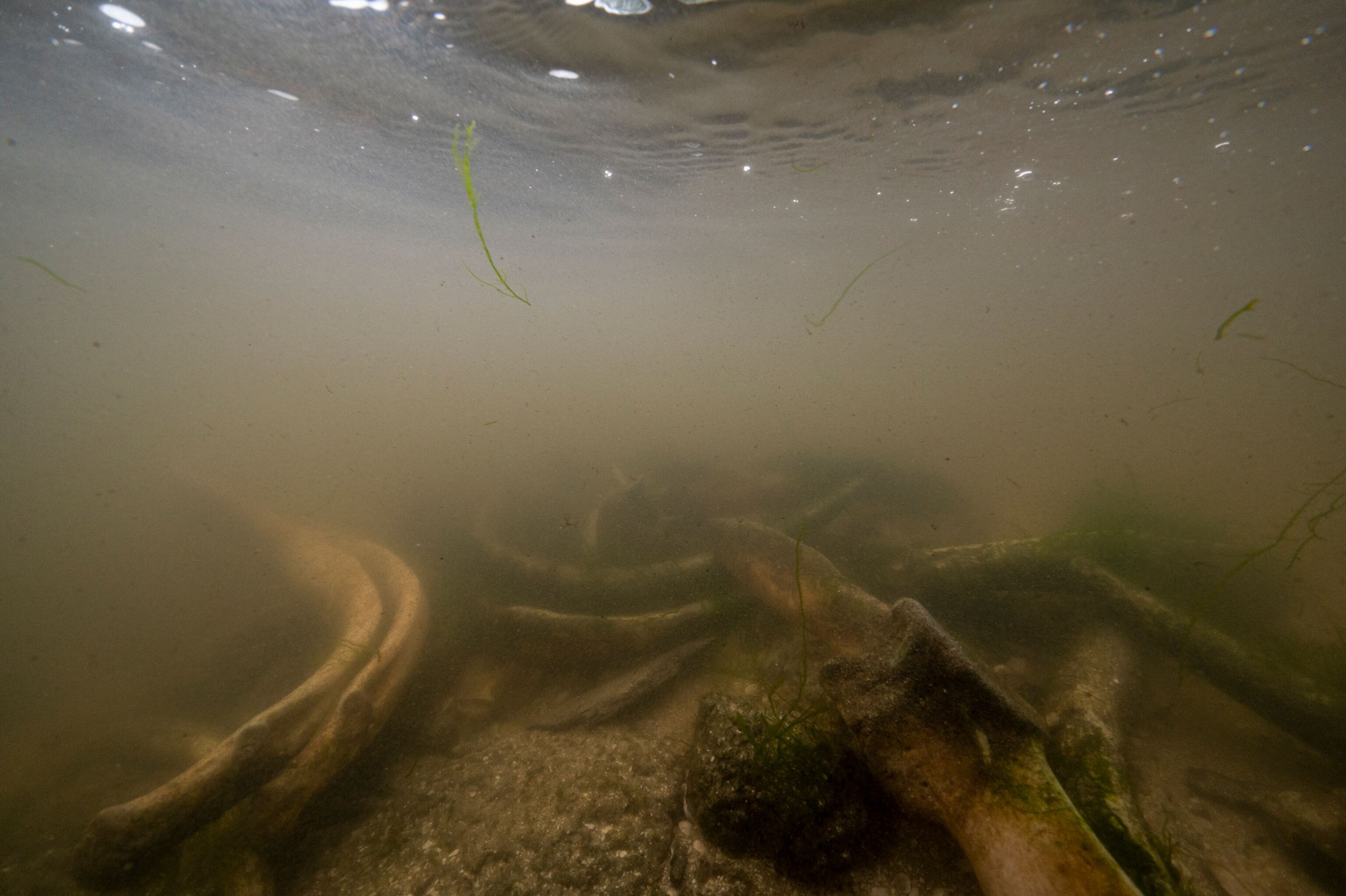
Rescue efforts
Rescue teams from the FWC are standing by, ready to swoop in to net and haul out manatees in need of medical treatment. The stricken animals are trucked to rehabilitation facilities such as SeaWorld and ZooTampa’s Manatee Critical Care Center.
Last year, the influx of sick manatees was overwhelming. In anticipation of another perilous winter, SeaWorld, which had 28 manatees in its care in late January, is building five additional rehabilitation pools for up to 20 more.
At ZooTampa, the work of the Manatee Critical Care team seems endless, says Jaime Vaccaro, supervisor of animal care at the zoo’s manatee hospital. Patients include orphaned calves; victims of cold stress, hunger, pneumonia, and other ailments; and manatees injured by motorboats.
“We’ve all been pulling extra shifts for the past nine months,” Vaccaro says.
After kneeling to bottle-feed two toddler-size babies, Vaccaro helps other caretakers guide a young male named Flapjack into a “medical pool.” He lies blinking in the sunlight as a plastic tube is inserted through his nose and into his stomach to deliver a nutrient-rich mix and various medications.
When Flapjack arrived last October, he was so emaciated that some caretakers thought he might not survive. But after more than a hundred days in intensive care, he’s plumping up again. If he makes a full recovery, he’ll be released back into the wild, and a new patient immediately will take his place.
Manatees—like their closest living relatives, elephants—have sharp memories. Because they’re known to visit the same waters throughout their lives, rescuers are careful to release each manatee where it was captured. If that’s not possible because sites now are food deserts, manatees are rewilded where vegetation is abundant, such as at Blue Spring State Park, in Orange City.
Conservation groups sue over manatee deaths
As more manatees succumb to starvation and cold weather, a coalition of conservation groups, including Save the Manatee Club, the Center for Biological Diversity, and Defenders of Wildlife, is taking legal action. On February 1, the group filed a lawsuit against the U.S. Fish and Wildlife Service, accusing the agency of failing to expand “critical habitat” for manatees.
In their complaint, the groups say the agency acknowledged the need to revise and update manatee critical habitat areas more than a decade ago but has failed to do so. Their hope is that the lawsuit will push the Fish and Wildlife Service to redesign critical habitat regulations in ways that will address the loss of natural warm-water refuges, the poor water quality that causes harmful algae blooms, and the ongoing losses of seagrass in Indian River Lagoon and elsewhere.
Restoring seagrass beds is crucial, conservationists say. Seagrass sustains not only manatees but also fish, shrimp, crabs, seahorses, and turtles, as well as human economies based on tourism, fishing, real estate, and recreation.
Until pollution is reduced and seagrass is restored, manatees will continue to suffer and die. “The seagrass issue is not going to be solved by next year,” says Tom Reinert, the Florida Wildlife Commission’s regional director. “So we’re anticipating we may have to repeat [the emergency measures] again next winter using the lessons we’ve learned from this winter to help guide us.”


